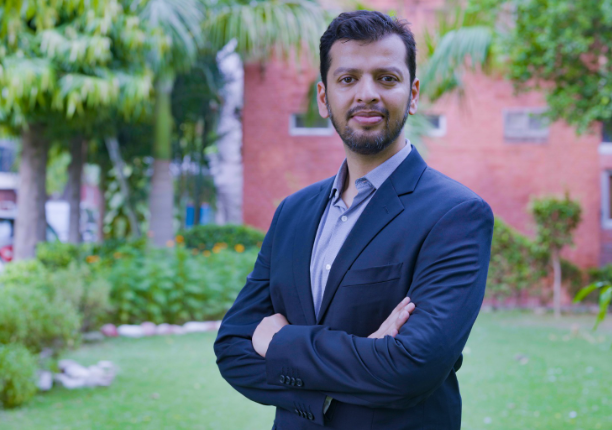Calcom Vision has begun assembling EV chargers in India as it tests the waters of the country’s fast-evolving electric mobility landscape. The company, best known for its LED lighting and BLDC fan electronics, is now working with a client exploring partnerships with electric vehicle OEMs.
“This is a pilot,” says Executive Director Abhishek Malik. “But if the demand builds up, EV chargers could become a serious line of business for us.”
While the chargers are currently being assembled at Calcom’s existing facilities, the move signals a broader strategic shift. The company is now moving from high-volume consumer electronics into more specialised, automotive-linked products. It also reflects growing interest among EMS players to align with the government’s EV push and the rise of domestic demand for charging infrastructure.
Still, Malik tempers the optimism with realism. “We’re taking a calibrated approach. The economics have to work, and the supply chain, especially for core electronics, still leans heavily on imports.”
A shift from commodity to capability
Calcom’s entry into EV chargers follows its relatively successful pivot into BLDC fans. This category also leans heavily on electronics but allowed the company to build on its LED lighting expertise. “We made the BLDC shift during the COVID period,” Malik recalls. “Lights and fans share the same distribution channel, so it was a logical extension.”But the scale-up hasn’t been easy. “Unlike LED lighting, which got a strong push from the government and big procurement volumes, BLDC fan adoption has been slower. It’s still a price-sensitive category,” he adds.
Even so, the company sees both BLDC and EV-related electronics as the next growth curve. These are higher-value and higher-complexity segments that are more resilient to commoditisation. “You can’t build a future on price competition alone,” Malik says. “Eventually you have to own the product and the design.”
The PCB problem: China still wins
That ownership, however, remains elusive for much of India’s EMS ecosystem. Malik is frank when talking about the current state of local sourcing. “Even with 30 per cent anti-dumping duty, Chinese PCBs are cheaper. That’s the kind of scale they’re operating at,” he says.While Calcom has made progress in localising mechanical parts like plastic mouldings, sheet metal, and enclosures, the company still imports around 38 per cent of its bill of materials. Most of that is semiconductors and PCBs.
“The freight cost, duty, and logistics delays still don’t add up to enough of a gap to justify shifting fully to Indian suppliers. Unless the ecosystem scales, it won’t change,” Malik adds.
Design first, assembly later
Malik is also critical of the tendency to equate electronics manufacturing with mere assembly. “If you’re not designing the product, you’re not in control,” he says. “We’ve got used to being a low-cost labour country, with five people doing what a machine and one engineer would do in China.”
He believes the bigger hurdle isn’t funding or infrastructure. “There’s enough money to invest in R&D. The intent is missing. Most EMS promoters aren’t thinking long-term. They’re focused on quick top-line growth.”
In his view, this is where India consistently falls short compared to competitors like Vietnam, Taiwan, or even Malaysia. These countries not only scaled manufacturing but also invested early in talent and design ownership.
PLI push
The government’s PLI schemes, especially the focus on component manufacturing under PLI 2.0, are steps in the right direction, Malik says. But the real test lies in execution. “We spent two years chasing a PLI that never materialised because of a political change. That kind of uncertainty kills business confidence.”
Even now, he says, India’s EMS industry remains fragile. “There are less than 20 serious EMS players who are truly investing in capability. The rest are still doing basic assembly.”
Calcom has set up a new subsidiary to push exports, with a target of getting at least 5 per cent of its revenue from overseas markets this year. Focus markets include the U.S. and Europe, both of which are increasing scrutiny on China-dependent supply chains.
For all the gaps he points out, Malik remains cautiously optimistic. “India has missed the electronics manufacturing bus many times before. This is our narrow window, maybe ten years, to get it right.”
That, he believes, means investing in engineers, not just operators. In automation, not just manpower. And in design IP, not just imported PCBs. “If we keep looking at this as a cost game, we’ll lose. It’s about value, control, and resilience.”
The EV charger pilot, he says, is a small but symbolic step. “We’re testing if we can do it. And if we can, we’ll scale. But only if the numbers and the ecosystem make sense.”


